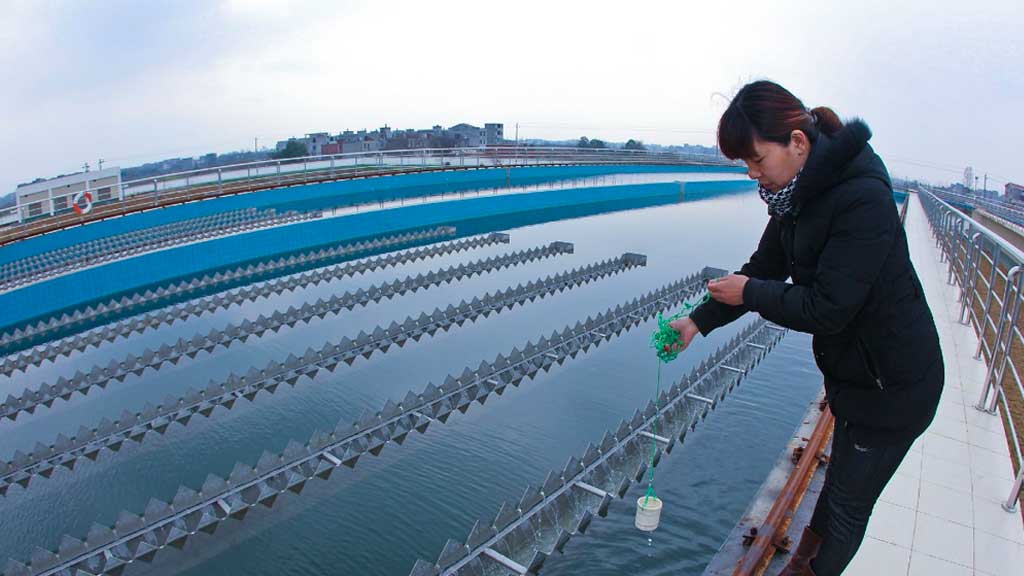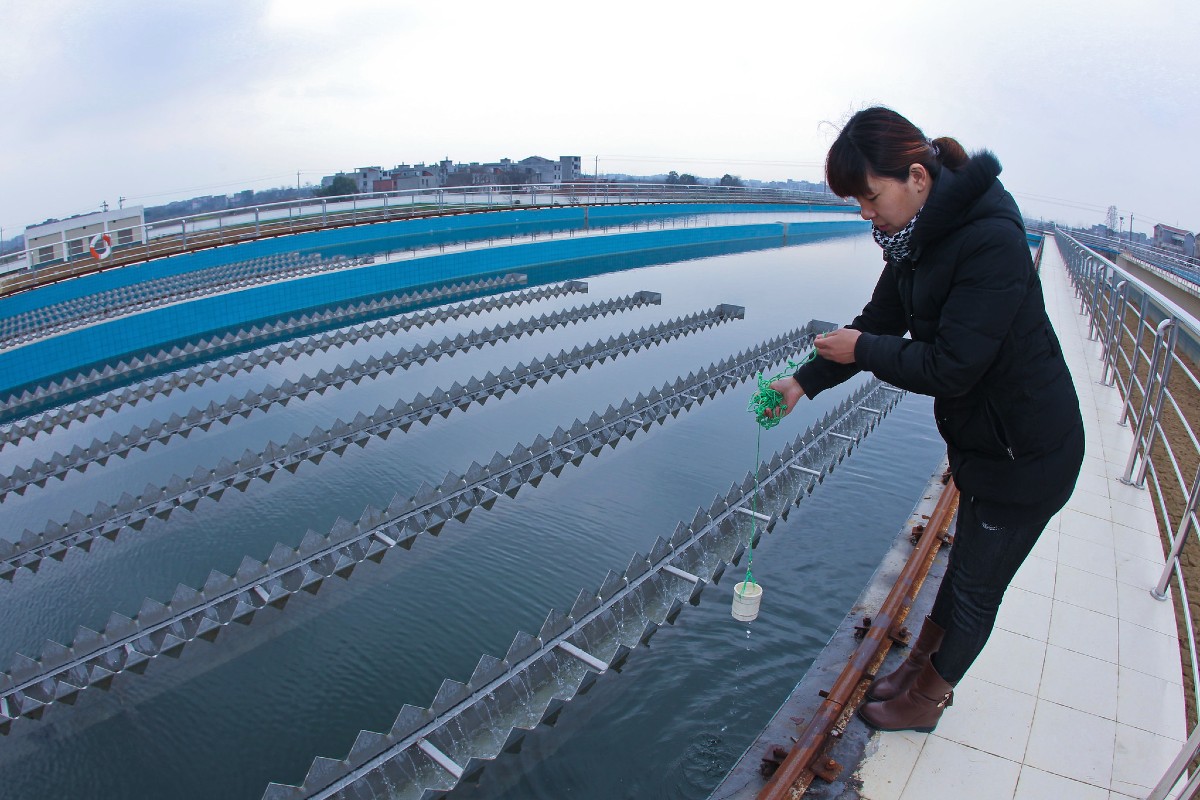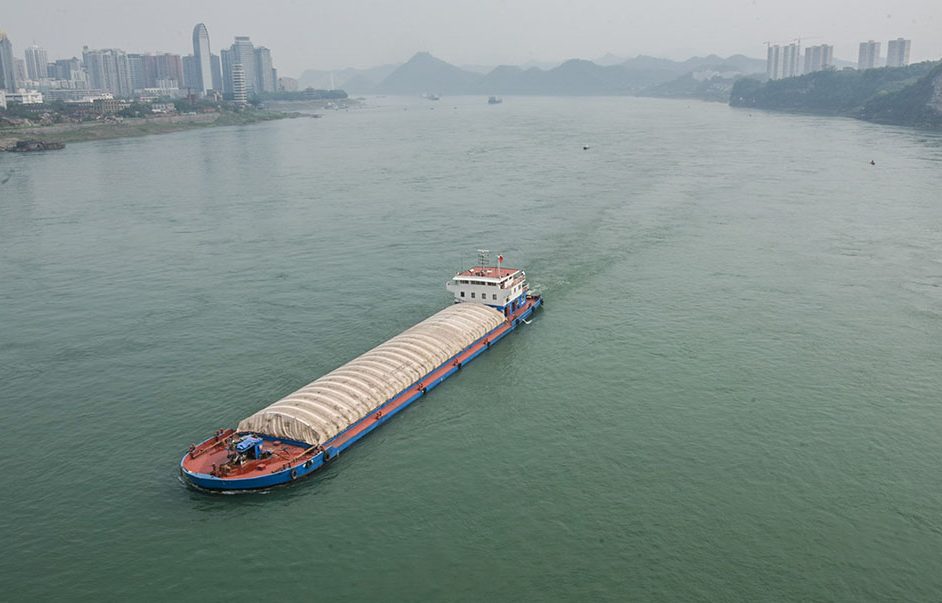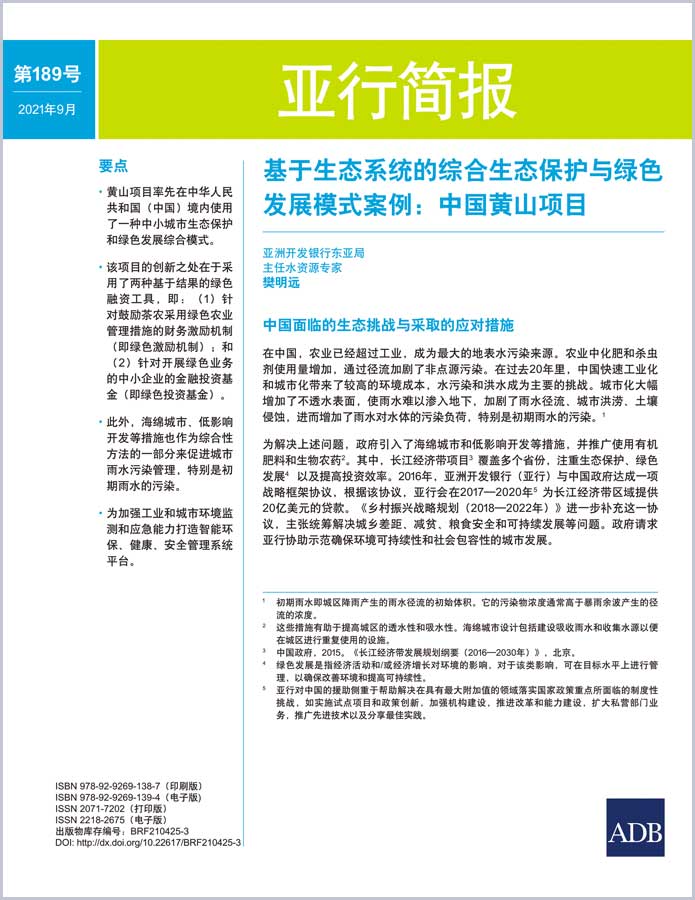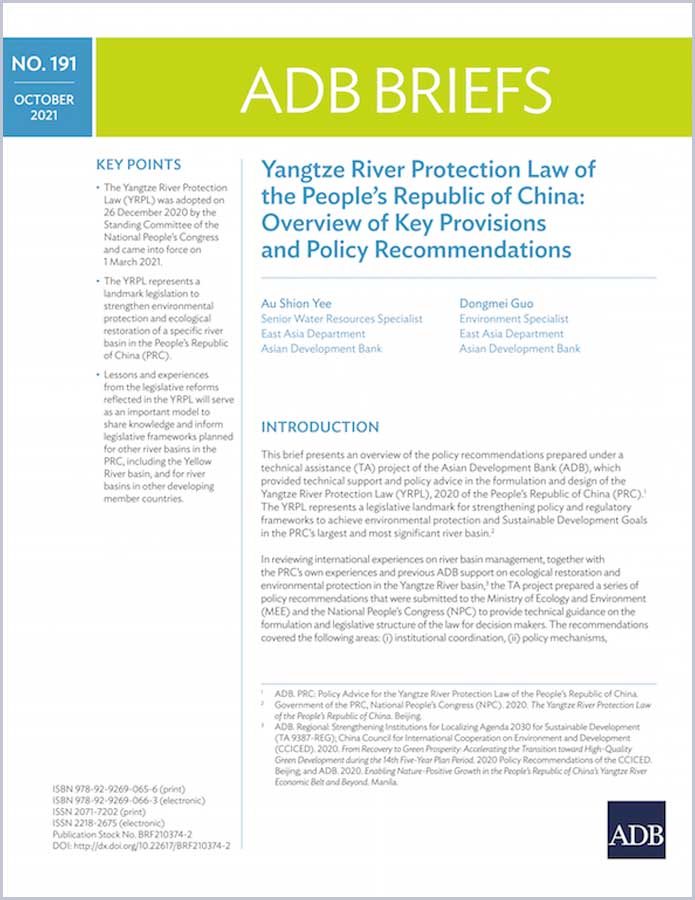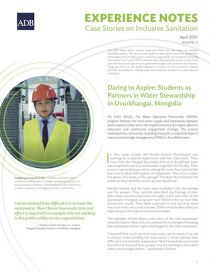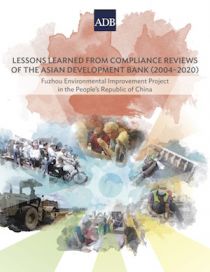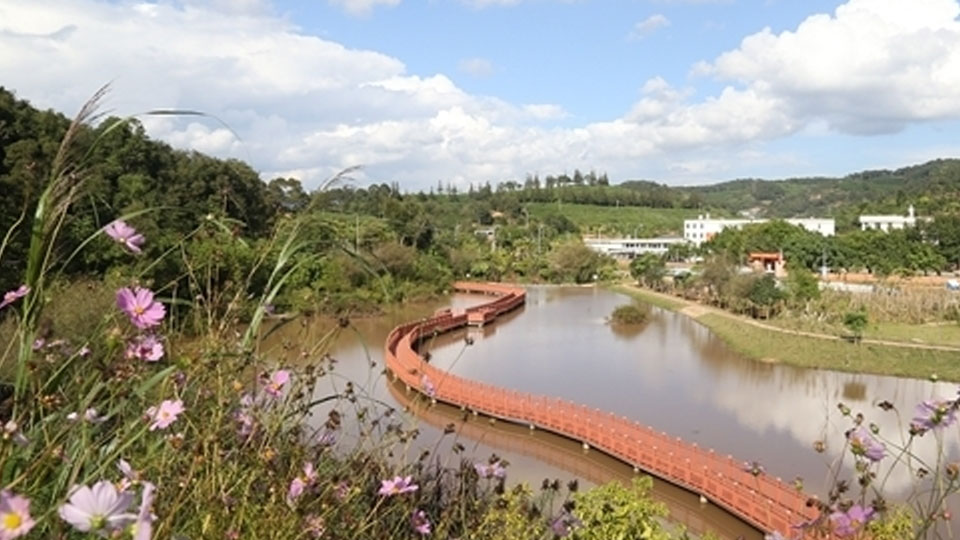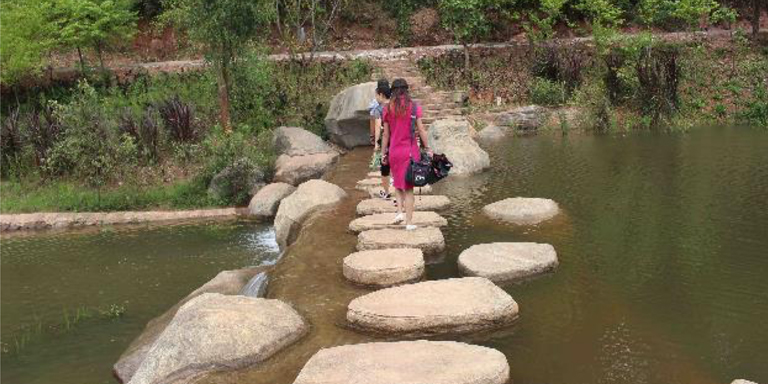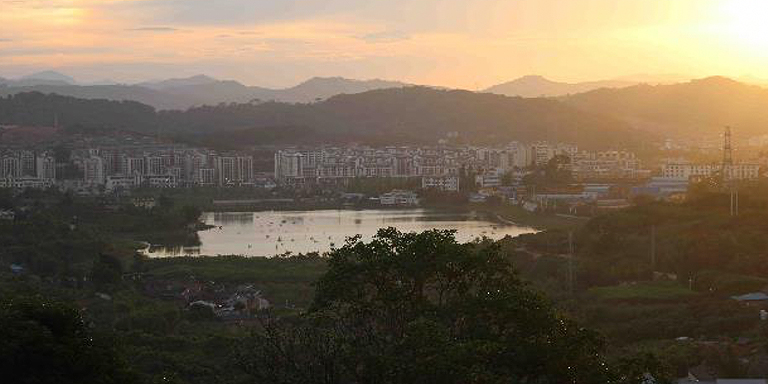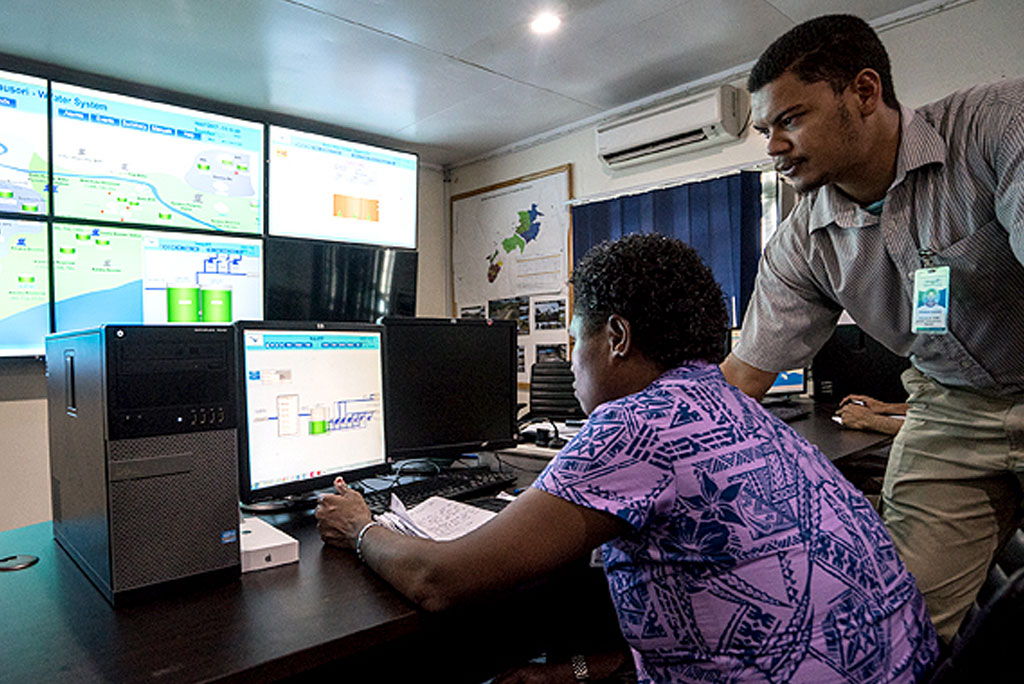What are the first steps toward a smart water system?
From the point of view of operations, physically based methods are the starting point for water utilities into their digital transformation. The next step is to integrate data from SCADA with advanced hydraulic modeling tools—comprising AI in water supply—through data-driven approaches. This supplements the physically based methods with powerful optimization and decision support tools, business intelligence, and knowledge management.
For a medium-size water utility (less than 100,000 connections) with little experience in smart water, the initial operational assessment would identify where digital transformation brings the largest benefits (“low-hanging fruits”), and then a smart water road map should be drafted. A typical starter digital transformation package would look into
- defining operational targets and key performance indicators (KPIs);
- integrating network analysis tools that provide the diagnosis and the decision support to achieve the KPIs;
- developing an optimal monitoring network to obtain the maximum amount of information based on a minimum number of strategically placed sensors with the lowest ratio of flowmeters versus pressure gauges to minimize costs; and
- implementing a SCADA basic solution for the distribution network.
How can AI improve unaccounted-for-water reduction?
Unaccounted-for-water is a key indicator of the operational and financial performance of a water utility. It is a benchmark of a water utility’s efficiency in reducing both physical losses (e.g., water leaks and pipe bursts) and commercial losses (such as illegal connection and metering errors).
Techniques to physically detect water leaks combine special equipment (acoustic sensors, gas tracers, etc.) with human skills. A current trend is to incorporate AI in some of the hardware (for instance, acoustic correlators) to replace humans in interpreting the data (water leak noises). Advances in numerical modeling of the hydraulics of water distribution networks also now make it possible to detect potential leaking pipe sectors through numerical methods, as long as the hydraulic models are fed with a sufficient amount of calibrated field data such as pressure, flow, and node consumptions.
A 2019 white paper shows that smart water technologies could reduce a water utility’s total cost by 7.4% (baseline costs), with most of the savings coming from efficient utilization of capital expenditures and improved unaccounted-for-water reduction. Although the AI algorithms’ contribution is not broken down, most of the gains are assumed to come from data processing and analysis, since sensors and data on their own provide little direct benefit.
How to pilot test AI for unaccounted-for-water
Water utilities can test the potential benefits of AI techniques by embarking on low-risk, low-scale pilot projects that can also be used to assess their technological capacities and define a realistic smart water road map.
Piloting the concept of AI and Hydraulic Modeling 2.0 for unaccounted-for-water would demonstrate how advanced network analysis algorithms improve operational efficiency and service delivery. This involves harnessing the power of AI combined with big data sourced from the SCADA system, as fed from the various sensors on the water distribution network.
An AI pilot analyzes numerical unaccounted-for-water and pipe burst detection as well as sensor failure routines on the primary water distribution network (pipe diameter of over 200 millimeters). The AI algorithms are tested on one water distribution network sector or a small water distribution system.
The AI pilot starts with an off-line demonstration making a hindcast based on historical records collected by the water utility on the selected portion of the water distribution system. A hindcast (also known as back-testing) involves testing using a mathematical model. Known or closely estimated inputs for past events are entered into the model and compared with output against known results.
A typical pilot project (phase 1) would consist of several sequential tasks over 9–12 months:
- Task 1: selection and validation of the pilot site in agreement with the water utility’s representatives (1 month);
- Task 2: initial analysis of the pilot site and data provided by the water utility to check for inconsistencies, data gaps, and other issues (1–2 months);
- Task 3: setting up and localization of the AI algorithms (3–4 months); and
- Task 4: exploitation of AI algorithms using historical data in a hindcast mode (4–6 months).
After completing the off-line testing of the AI algorithms, phase 2 can start using the AI algorithms in real-time operation, including for the prognosis of unaccounted-for-water. The need to integrate the numerical results with the current operation and the development of complementary algorithms suggests another 18 months to implementation for phase 2. Based on the real-time results and experience, the AI pilot can be upscaled to the entire water distribution system.
For a water utility with less than 25,000 connections, corresponding to a city of 100,000 inhabitants, the cost of implementing a smart water project with an AI pilot would be around $2 million ($10 to $20 per person, or around $0.5 to $1 per month and service connection, in variable terms).
What are the key areas for policy action to support digital transformation?
The use of AI has several policy implications to improve the performance of water utilities and the quality of the service delivery.
- Ethics and governance deal with the protection of personal and financial data from consumers, and technical and financial data from water utilities.
- Regulation deals with benchmarking, since unaccounted-for-water is one of the key operational parameters to determine the efficiency of a water utility.[2]
- Technical policies deal with line ministries and water associations to update the national and water “Code of Practice,” and to guide water utilities in their digital transformation.
- Financial policies address short-term capital expenditure requirements to finance smart water utilities with new financing instruments.
Development partners can support line ministries and water associations in developing technical guidelines and strengthening regulations, governance, and ethics resulting from the introduction of powerful AI numerical tools.
The financing requirements of smart water utilities can be supported by customizing the energy savings business model (with energy savings companies) through funding based on a digital and smart water road map and payback, and secured through operational improvements guaranteed by water tariff increases resulting from the enhanced service delivery to customers.


